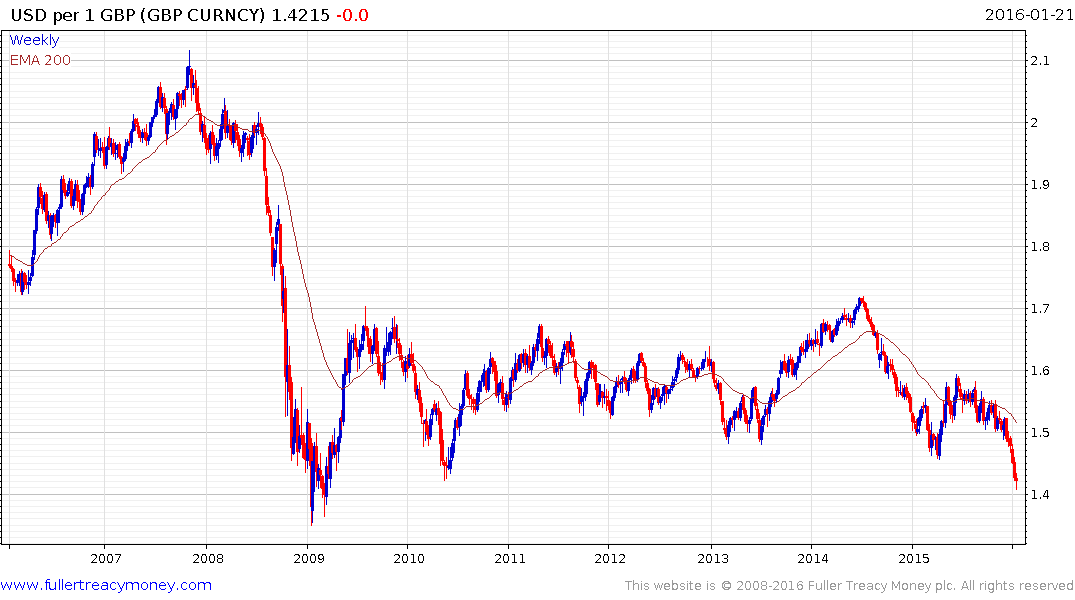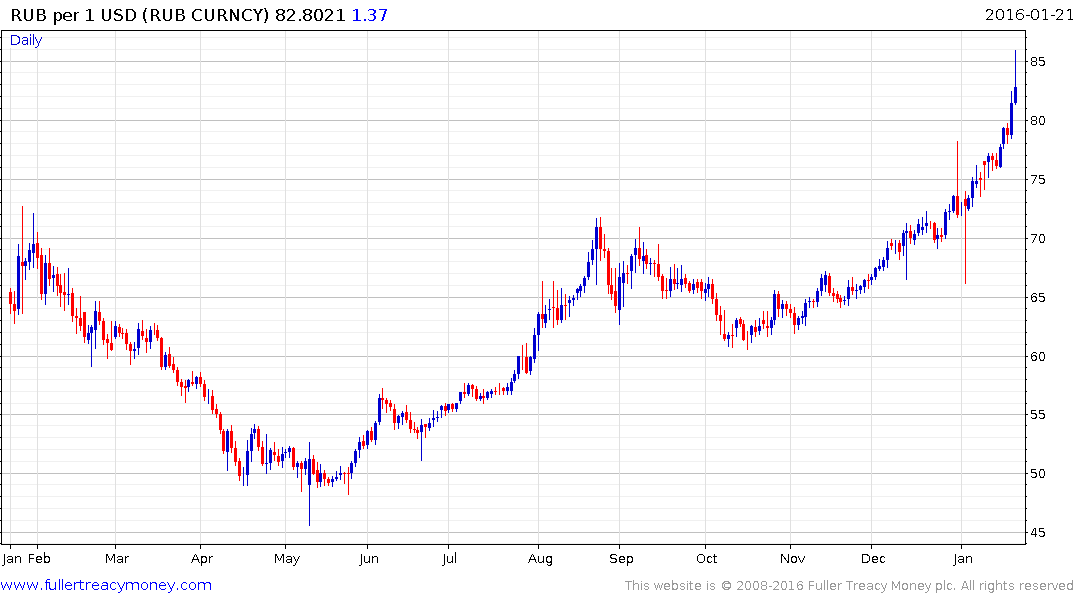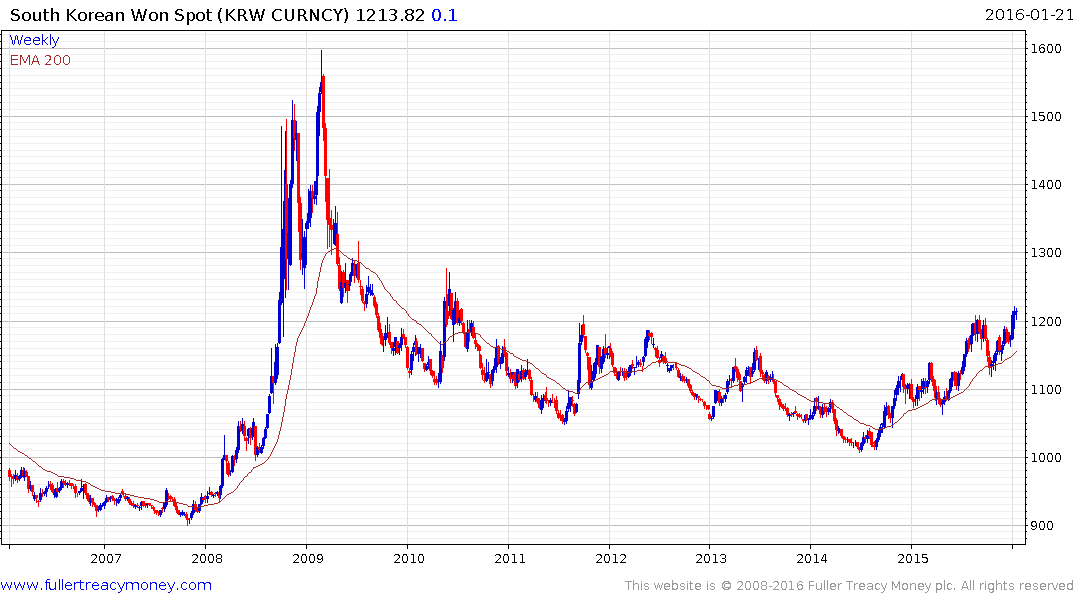Pound Recovers From 2009 Low as HSBC, BlackRock Argue Bull Case
This article by Paul Armstrong for Bloomberg may be of interest to subscribers. Here is a section:
The pound rebounded from the lowest level since 2009 against the dollar as the world’s largest asset manager and Britain’s biggest bank made the case for turning bullish on the U.K. currency.
BlackRock Inc. said it’s taking a long position, or a bet the U.K. currency will advance, versus the euro, while HSBC Holdings Plc boosted its year-end forecast to $1.60 from $1.50 previously.Sterling rallied from its weakest level in a year versus the euro after European Central Bank President Mario Draghi’s hints of further stimulus sparked a slide in the shared currency.
Sterling has fallen against 11 of its 16 major peers this year, weighed down by the risk of a U.K. exit from the European Union and a dovish Bank of England. Policy maker Martin Weale said in an interview with Bloomberg on Thursday that the weaker currency could “easily offset” the effect of lower oil prices and wage growth that are holding down inflation, adding that he’s “fairly upbeat” about the economy.“The pound has tumbled this year and, based on both fundamentals and valuations, we believe this depreciation is excessive,” Marilyn Watson, head of unconstrained fixed-income product strategy at BlackRock in London, wrote in a note. The asset manager said it sees the BOE raising its 0.5 percent main rate this year.
The UK administration has to constantly think about how exposed the domestic economy is to what happens in Europe. This has meant the government is more than willing to allow the currency to fall in response to weakness in Europe in order to ensure a level playing field for its exports. Additionally the significant role played by the City in the country’s economy means that stress in the financial sector tends to have negative effect on the Pound. Over the last few months both these factors have acted as headwinds for the currency.

.png)
The Pound ranged around $1.40 at its nadir in 2009 and retested it in 2010. It dropped to look at $1.40 again this week following an acceleration of the downtrend that has been in evidence since June and bounced today. Additional upside follow through tomorrow would confirm a low of at least near-term significance and raise the prospect of a reversionary rally.

For some additional insight I looked at a number of GBP crosses. The pattern against the Yen is particularly noteworthy; not least because it matches one of the strongest with one of the weakest currencies. The Pound had trended consistently higher against the Yen between 2012 and the middle of 2015 when it lost momentum. It dropped below the MA in September and failed to sustain a move back above it in November before falling for eight of the last nine weeks. Today’s bounce suggests a short covering rally is looking more likely but a sustained move above the MA would be required to begin to question medium-term Yen dominance.


Elsewhere in currency markets commodity related currencies such as the Russian Ruble and Canadian Dollar both bounced today with a firmer tone in crude oil prices. Potential for at least some unwinding of their oversold conditions has improved but upside follow through in oil prices tomorrow would lend additional confidence to traders that a rally is underway.

Meanwhile a number of Asian currencies, not least the Korean Won have been notable for not moving at all. The most likely scenario remains that the Dollar is now completing a lengthy base formation against the Won and is in a well-defined uptrend against the Taiwan Dollar and a number of other regional currencies.
Back to top


